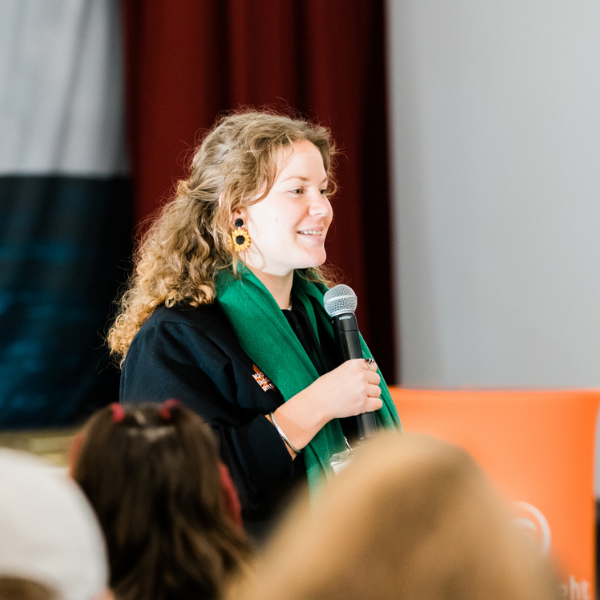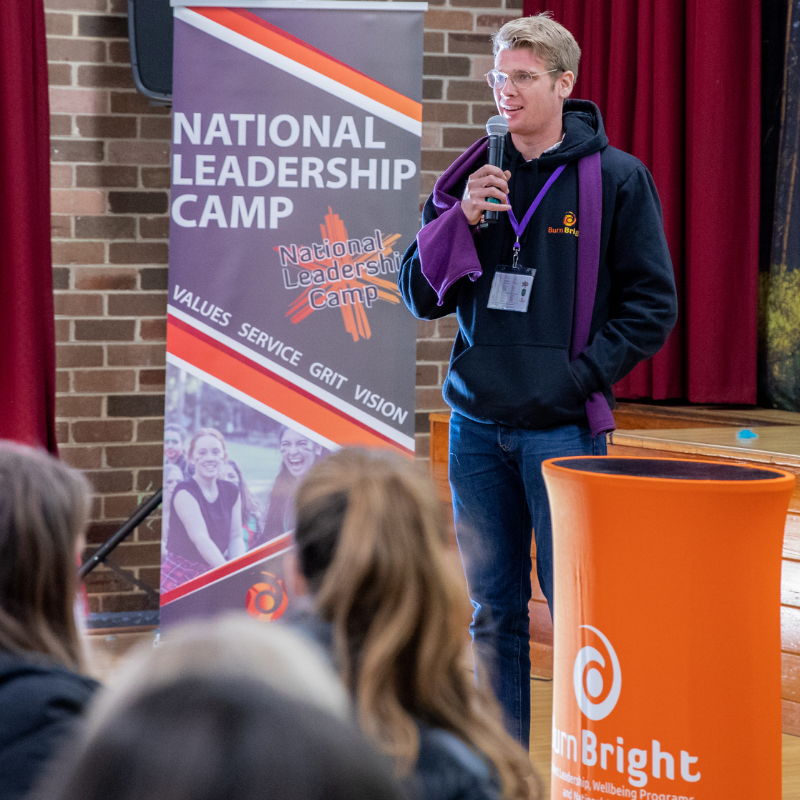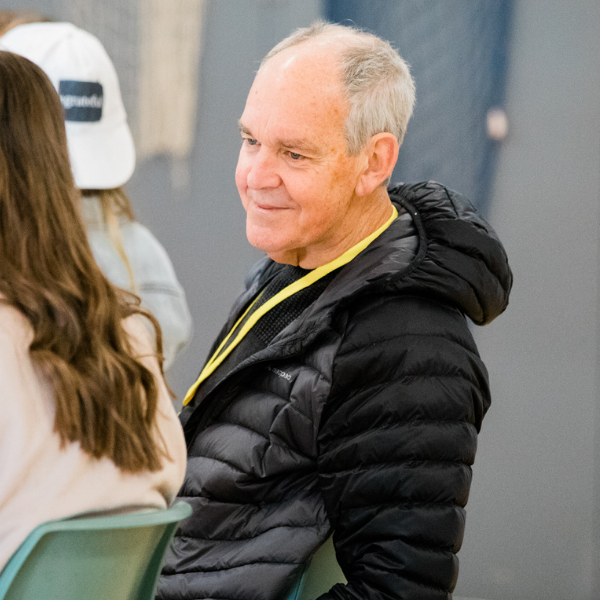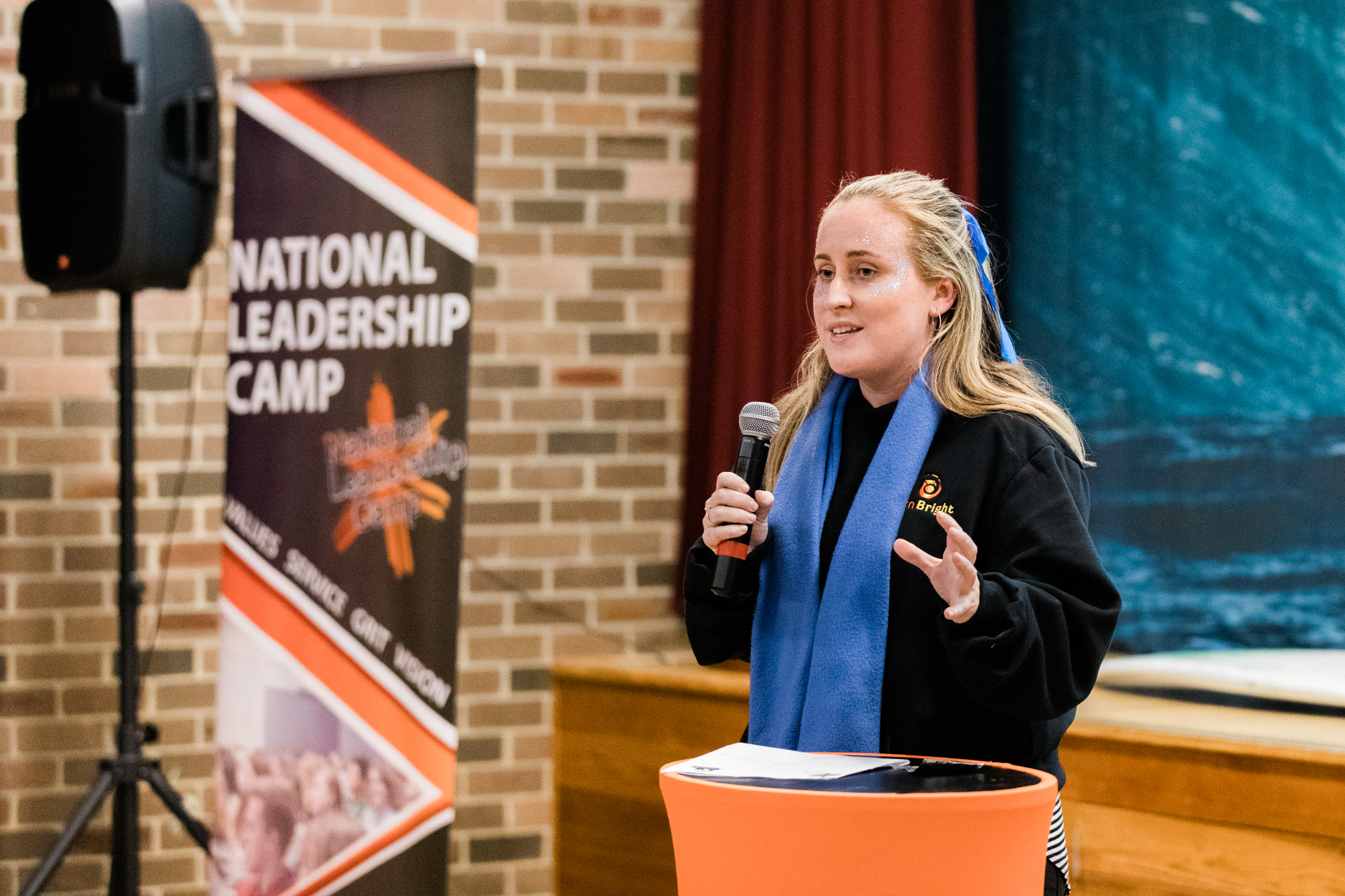On a daily basis we work alongside young people who are constantly being asked about their future. What do they want to do when they leave school? What goals do they have for the future? What goals do they have now? The way young people set goals can have a huge impact on their mental health and wellbeing. As the trusted adults in their world, helping them to set goals is one thing but how you set the goal matters.
The Impact of Goals on our Wellbeing
We know through the science of wellbeing that setting goals is critical to our wellbeing. The research shows us that we all need some kind of goal to be working towards in our life, no matter how big or small. Goals are tricky things and there are lots of different thoughts about how to set good goals. We have all come across the SMART mnemonic in our time; that is a tried and tested approach to goal setting. However the more recent goal setting literature gives us an insight into some of the more nuanced approaches around goal setting that have huge impacts. These nuances may often seem semantic but have been found to have a huge impact not only on our ability to achieve the goal but on the impact the goal has on our wellbeing. It turns out it’s all about how we structure and phrase our goals that make all the difference. To illustrate this, I want to focus on a few specific focus areas.
Avoidant Goals vs Approach Goals
When we set goals, we often set them to avoid something in the past or to stop a negative situation from happening again to us. For example, ‘I don’t want to be this size anymore’ or ‘I don’t want to have this bad situation happen again’. The research calls this an avoidant goal. On the other side, we can set a goal moving towards a desired future state. For example, ‘I would like to be healthy’ or ‘I would like to have a meaningful relationship with my child’. This is called an approach goal. Whilst the way we phrase a goal may seem small, the amplification effect of changing our avoidant goals to an approach goal can be significant. Not only on our ability to achieve the goal but on our wellbeing.
Performance Goals vs Learning Goals
The second distinction we frequently see is setting goals that are for performance, often in the area of academics. Performance goals are often characterised as being competitive. They are set to try and beat someone else or to hit target or to impress someone. On the flip side are learning goals. These goals are associated with growing your understanding or mastering a task, as opposed to just reaching the outcome. A learning is goal is best characterised as learning for one’s own sake rather than for others. The interesting thing about performance goals is they have been found to hinder performance when the task is new to you or is complicated. The research shows that setting or changing our goals to being learning-focused leads to a greater impact on our wellbeing and goal achievement. This may be especially relevant in an academic context as so much of our schooling system is set up for performance and competition.
Short-Term Goals vs Long-Term Goals
The final distinction is between proximal (short term) and distal (long term) goals. This distinction has to do with the time framing. Distal goals are those that are often out in the future, a way away, they are often hazier and fuzzier, but give us a general direction. Proximal goals are shorter term, they are often more specific and tangible. In this regard one isn’t better then another, we need both in our goal setting. Working towards a longer-term goal should be made up of some proximal goals in pursuit of the distal goal.
Which Goal Are You Setting?
I would encourage you to think about a goal you currently have or that you are working on. Ask yourself is that goal an avoidant or approach goal, is it performance-focused or learning-focus, and what is the far away vision and what are the smaller steps to get there. In summary, think about the goals you set. Are you working towards something in the future or are you avoiding something in the past? Are you setting goals to perform so you can look good to others or are you setting goals so you can learn how to do something? And finally, how are you setting the time frames on your goals? Is that big blurry vision in the future made up with smaller shorter time framed goals now? If you notice that your goals may be more avoidant or performance-focused, sitting with them and reframing towards the approach and learning frames may just help to improve your wellbeing.
By reflecting on our own goals, it can help us to notice these goal types with young people and encourage them to think about how they reframe their own goals. It also may help to reflect on how you set goals for them/with them in the classroom or at home. Are they avoiding the past or moving towards the future? Are they focusing too much on performance and not about learning?
Practical Goal Setting in Our World
At Burn Bright we work with young people running student leadership and wellbeing programs in schools. One of our passions at Burn Bright is for the adults in young people’s worlds to help them with how they set goals and encourage them in their goal setting. Helping them to set goals in a good way may just benefit their wellbeing and mental health. If you’d like to explore practical ways to encourage thoughtful goal-setting habits in your young person, click here to take a look at our courses that explore topics such as goal-setting, values, leadership, and wellbeing.
If you want to read more on the topic, I would suggest purchasing a copy of the book ‘Beyond Goals’ edited by Susan David, David Clutterbuck and David Megginson. In this book you can read the research quoted in the above blog.








